2024 Tokyo Haneda Collision
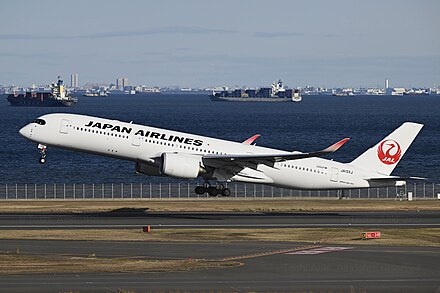
The plane before collision at 2023
Japan Airlines flight 516 (ICAO flight number JAL516) departed New Chitose Airport at 16:27 JST (07:27 UTC) en route to Haneda Airport.[30] The flight landed after dark with light and variable winds, visibility greater than 10 km (6.2 mi), few clouds at 2,000 feet (610 m), and a scattered cloud layer at 9,000 feet (2,700 m).[13]
At approximately 17:47 JST (08:47 UTC), JAL516 collided with a Japan Coast Guard Dash 8, identified by its call sign and registration number JA722A, while landing on runway 34R at Haneda Airport.[30][31] CCTV footage shows a fireball erupting from the aircraft, with the JAL plane leaving a fiery trail as it travelled down the runway[19] for about 1 km (0.62 mi) before coming to a stop.[32][33] Smoke filled the A350's cabin quickly after the incident.[34][35] Firefighters arrived at the scene in about three minutes, with about 70 fire trucks responding.[19] According to the Tokyo Fire Department, the fire was largely extinguished shortly after midnight,[36] by which time the plane's structure had collapsed due to the intensity of the flames.[23] The collision and subsequent fire were captured by CCTV cameras in Terminal 2.[37] After the collision, the ADS-B signals, except for position information, from the aircraft were received for about one minute.[38]
According to a statement by a JAL spokesman, the three pilots felt a sudden shock immediately after landing and lost control of the aircraft while trying to maintain its course along the runway. They were unaware that a fire had broken out on board until they were informed by a cabin attendant that the left engine was on fire,[39][40] and one of the pilots later said that he had seen an object that had caused him concern before the collision. However, the three pilots denied that they had visually confirmed the presence of the Coast Guard aircraft.[21]
With the right engine still running,[14] all 367 passengers and 12 crew members on board JAL516 evacuated through three of the plane's eight evacuation slides, located at doors 1L, 1R and 4L.[5][41] JAL said the plane's in-flight announcement system had failed, leading the crew to give instructions through megaphones or by shouting.[10] Eight children were on board.[42] Two pets, a dog and a cat, were checked in on board and died.[6] Fifteen people on board suffered minor injuries,[43][44][45] four of whom were taken to hospital.[23] It was noted that no one exited with hand luggage, a factor that facilitated a smoother evacuation.[46] Another factor cited in the survival of those on board was that the aircraft, one of the first commercial models to be made of composite carbon fibre materials, appeared to have withstood the initial impact of the collision and fire relatively well.[41] The plane was fully evacuated at 18:05 JST (09:05 UTC), 18 minutes after landing,[32] and the captain was the last person to leave the plane, according to Japan's public broadcaster NHK.[47]
Aftermath:
Although all passengers and crew on the Airbus A350 were evacuated with few minor injuries, the plane was damaged beyond repair, with JAL estimating the operational losses from its destruction at 15 billion yen ($105 million), which is set to be covered by insurance.[21] The aircraft following immediately behind Flight 516—JAL166, a Boeing 737-800 approaching runway 34R—had to perform a go-around at 1,150 feet (350 m) before diverting to Narita International Airport. There were also several flights waiting for takeoff; most returned to the terminal after the runways were closed.[13]
The incident occurred as millions were travelling for the New Year holidays, one of the busiest travel periods of the year. All runways at Haneda Airport were temporarily closed following the crash, and many flights were diverted to nearby Narita Airport, as well as Chubu Centrair International Airport and Kansai International Airport.[48][49] Others were cancelled as the result of the crash,[50][51] with All Nippon Airways registering 112 domestic flight cancellations for the rest of the day[52] and JAL cancelling 116 domestic flights.[33] At around 21:30 JST (12:30 UTC), Haneda Airport's remaining three runways were reopened according to the Ministry of Land, Infrastructure, Transport and Tourism (MLIT).[53] Cancellations continued through 7 January, by which time at least 1,227 flights and 221,910 passengers had been affected.[54] The incident reduced Haneda Airport's flight capacity to 70%.[55] In response to these delays, JR group set up supplemental Shinkansen services on the Tokaido, Hokuriku, and Tohoku Shinkansen routes on 4 January out to Osaka, Kanazawa, and Hokkaido respectively.[56][57] These extra services were offered without seat reservations.[57]
The Japanese government set up an information liaison office at the Crisis Management Center in the Prime Minister's Office.[50] The Japan Transport Safety Board announced that a formal investigation would begin on 3 January.[58]
Workers began clearing the wreckage of the Coast Guard aircraft on the afternoon of 4 January, followed by that of JAL 516 on the morning of 5 January.[59] The clearance operations, which included restoring damaged sections of pavement on the runway, were completed on 7 January.[60] The affected runway reopened to traffic on 8 January.[61] Operations at the airport were expected to fully normalize on 10 January.[54] Lighting damaged by the incident was also expected to be repaired by February 2024. The MLIT also warned of additional aircraft flying over Chiba Prefecture at low altitudes after the collision rendered low-altitude routes over central Tokyo unusable.[62]
Following reports that the air traffic controllers were unaware that the Coast Guard aircraft had entered the runway without clearance, the ministry also installed a new air traffic controller post on 6 January that would provide constant monitoring of aircraft at the airport.[63] The use of the phrase "number 1" in air traffic control parlance was also ordered discarded after the investigation suggested that the usage of the term contributed to the coast guard pilot entering the runway.[64]
The remains of the fatalities aboard the coast guard aircraft were subjected to an autopsy before being returned to their families on 8 January. A tribute was held by their colleagues at the Japan Coast Guard base in Haneda.[61]

The plane after the collision after the next day
Aircraft History:
This aircraft was delivered on November 2021, it was 2 years old during the crash, it was also the first hull loss of the A350.
Credits:
-Realsavageman
Specifications
General Characteristics
- Predecessor Airbus A350XWB mobile
- Successors 1 airplane(s) +21 bonus
- Created On Android
- Wingspan 213.0ft (64.9m)
- Length 219.9ft (67.0m)
- Height 57.1ft (17.4m)
- Empty Weight 258,406lbs (117,211kg)
- Loaded Weight 539,314lbs (244,629kg)
Performance
- Power/Weight Ratio 0.402
- Wing Loading 48.1lbs/ft2 (235.0kg/m2)
- Wing Area 11,205.9ft2 (1,041.1m2)
- Drag Points 8601
Parts
- Number of Parts 766
- Control Surfaces 5
- Performance Cost 3,358


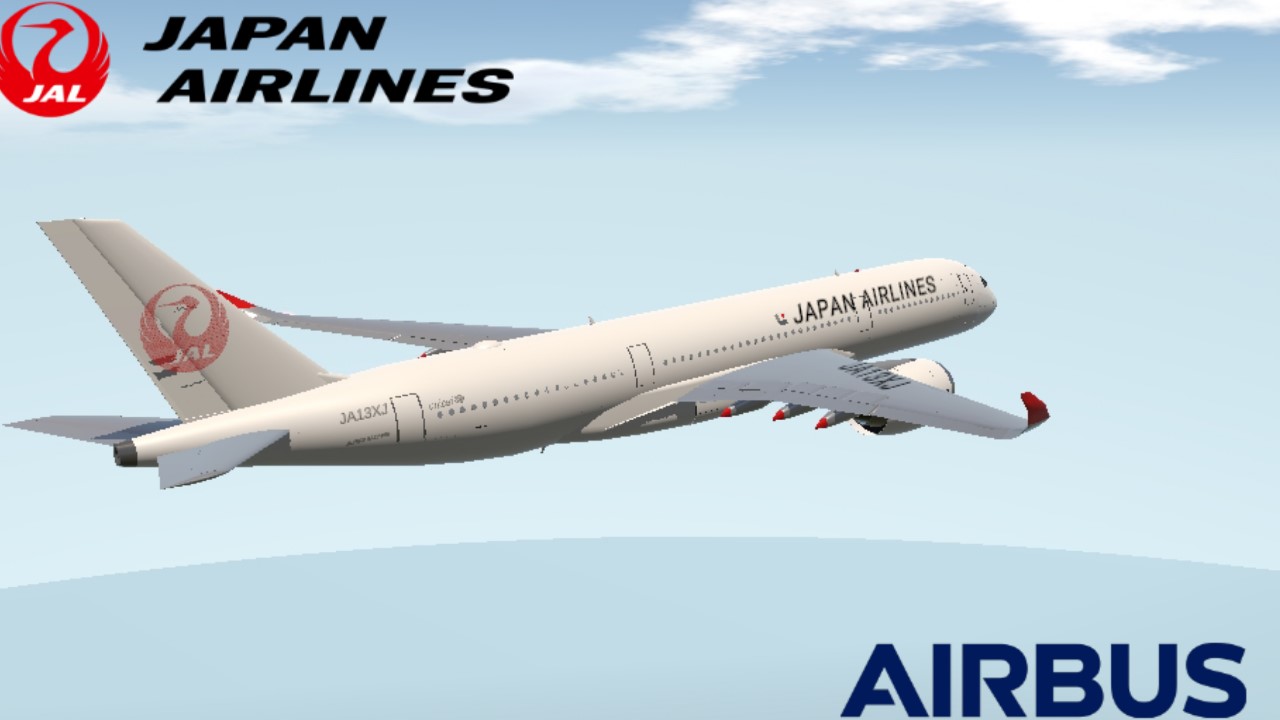
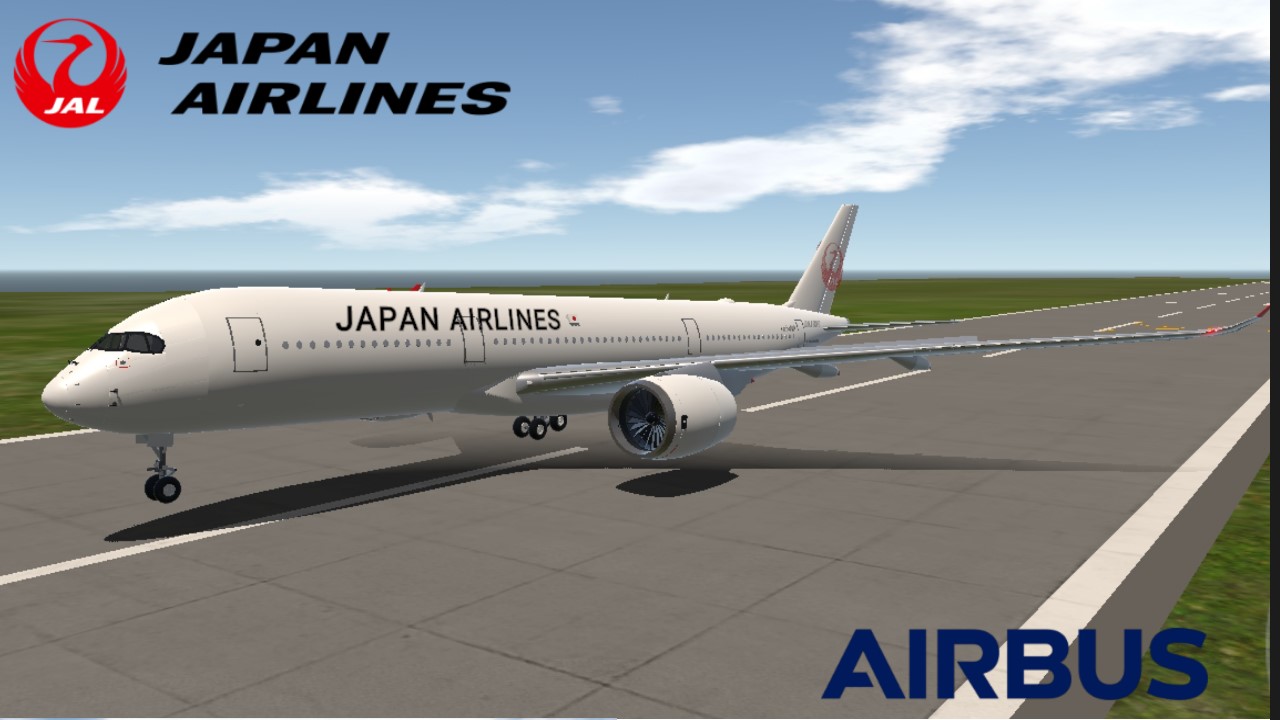
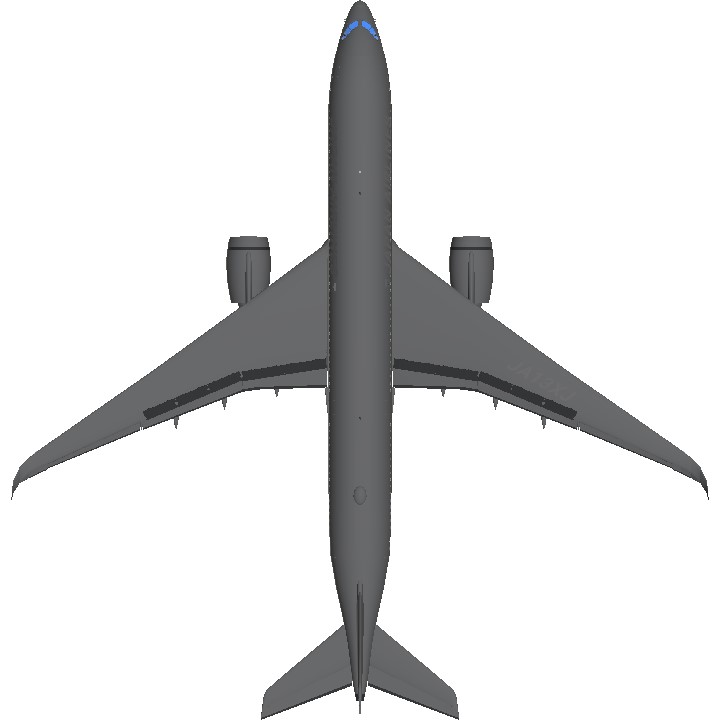
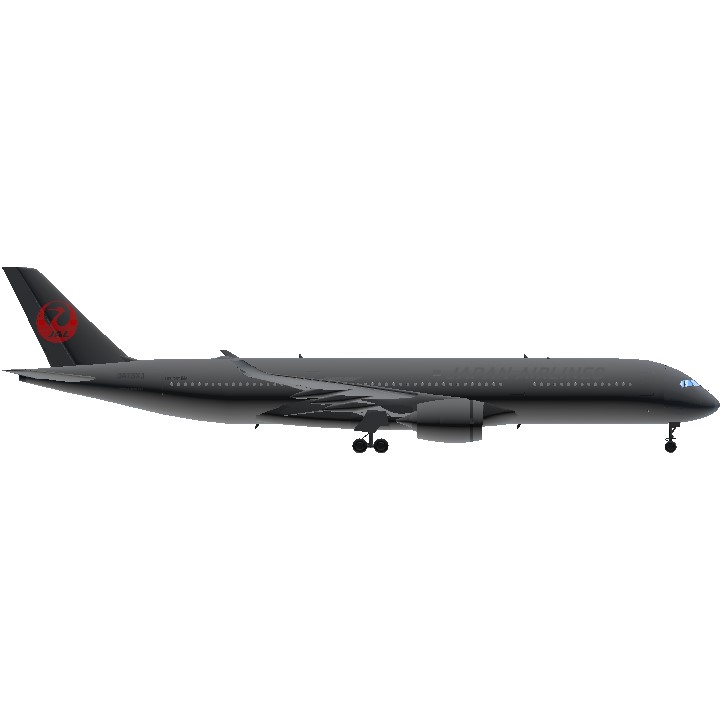
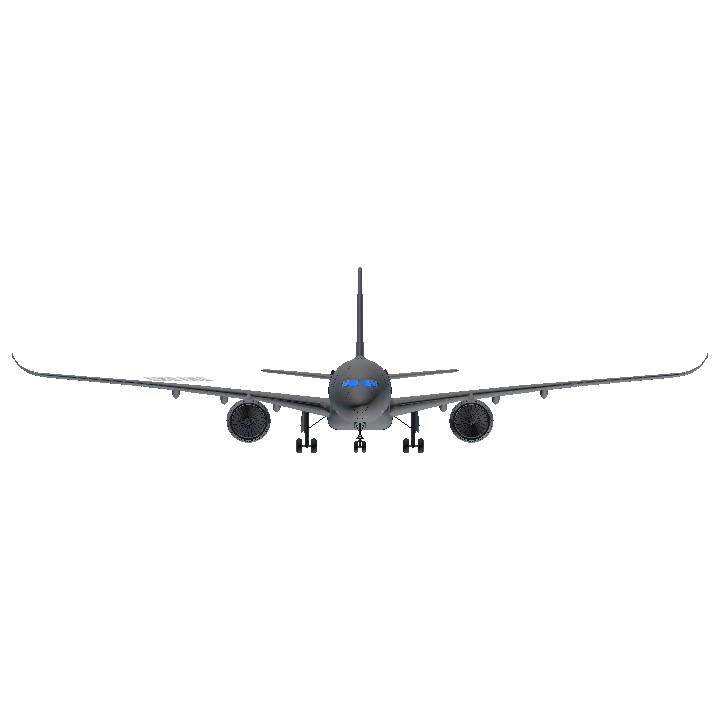
The plane is perfect, the gear is durable, excellent design and good details.
What about DHC-8?